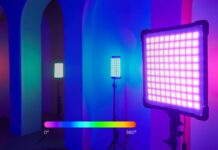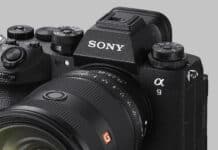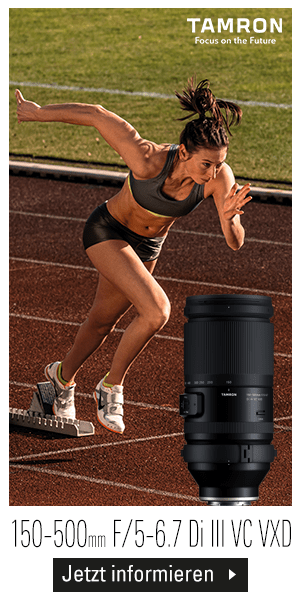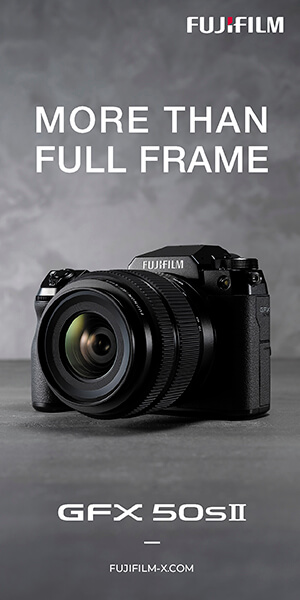Auf dem 3GSM Kongress in Barcelone, der vom 13. bis zum 16. Februar 2006 stattfindet, wird Varioptic die Verfügbarkeit der ersten Flüssigkeitsoptik bekanntgeben. Das Prinzip einer Flüssigkeitsoptik ist schnell erklärt. Der Abstand zweier eingeschlossener Flüssigkeitstropfen wird mittels elektrischen Stroms veringert oder vergrößert. Durch die Lichtbrechung kann so fokusiert werden. Ein großer Vorteil dieses Prinzips gegenüber den herkömmlichen Glasoptiken ist der deutlich geringere Stromverbrauch und das fehlen mechanischer Bauteile, was sich positiv auf die Lebensdauer auswirkt. Varioptic arbeitet in diesem Bereich mit Samsung, einem der größten Mobiltelefon-Hersteller zusammen und so werden auch erste Samsung Mobiltelefone mit einer solchen Flüssigkeitsoptik ausgestattet. Interessant dürfte es sein die weitere Entwicklung dieser Technologie zu beobachten, denn es dürfte nur eine Frage der Zeit sein, bis auch digitale Fotokameras mit einem solchen Autofokus ausgestattet werden.
Pressemitteilung:
Lyon, France – January 30, 2006: Varioptic, the liquid lens company, today announced the general availability of the Arctic 320 liquid lens, which is the industry’s first and only multi mega-pixel, auto-focus, liquid lens for camera phones. Varioptic will showcase the Arctic 320 Camera phone liquid lens during 3GSM Congress, Barcelona, from 13-16 February, Hall 2 – Level 1 – Booths J56 and J41.
Varioptic’s Arctic 320 liquid lens changes shape automatically without mechanical aid. Acting much like the human eye, it uses electricity to change the focus of the lens by altering the border between two drops of liquid. Varioptic’s patented “electrowetting” technology provides several advantages over traditional lenses, in terms of size, cost, speed, durability and quality.
Since introducing its first patented liquid lenses last year, Varioptic has been working closely with Samsung Electro-Mechanics to provide auto focus lenses for camera phones. Over this time, Varioptic has made continuous improvements to its liquid lenses, expanding the storage temperature range to minus 40°/plus 85°C, while expanding the operating temperature range to minus 20°/plus 60°C. Additional enhancements in durability, low power consumption and miniaturization enable the Arctic 320 lens to fit within existing “x-y” camera module footprints, making it ideal for the mobile phone market.





